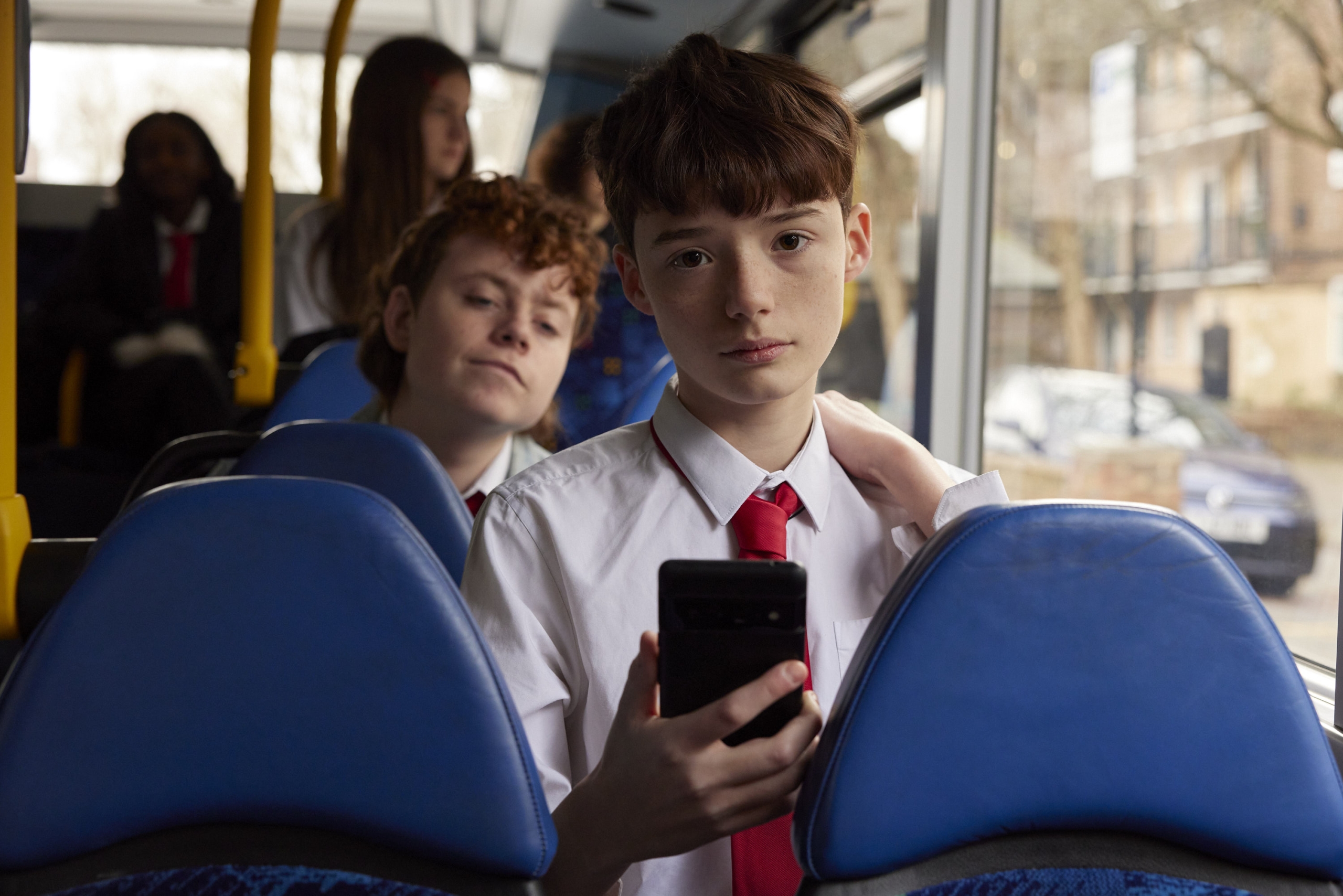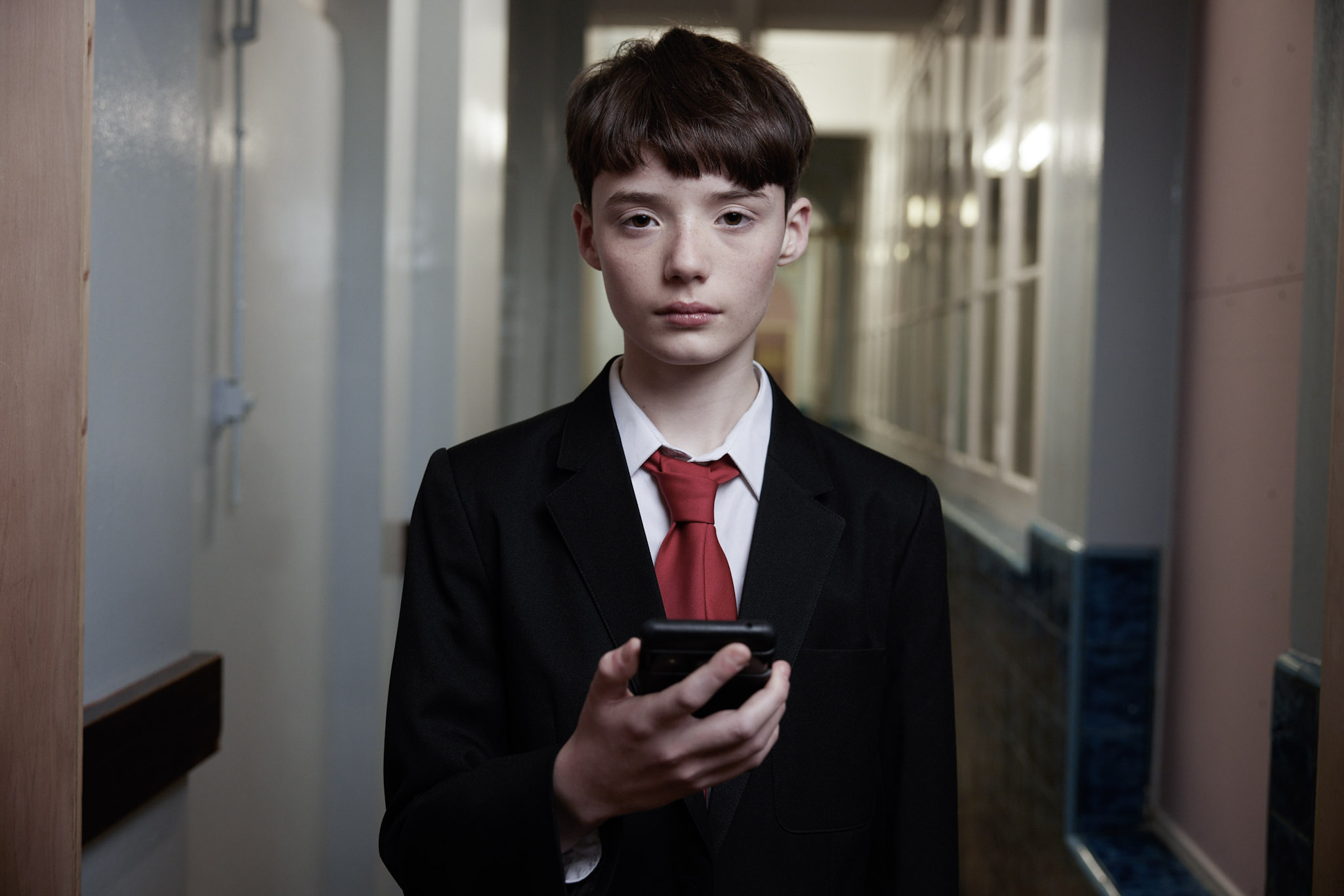
From state schools where teachers are sometimes unreachable, to independent schools where there is often a constant stream of digital communication, are we failing as a society by offering only the two extremes? We ask the experts how much parent-teacher contact is ideal.
When you pick your child up from school and ask them how their day went, how many words do you get in reply? If it’s more than one, you’re in the minority.
Getting answers from their school can sometimes be almost as hard. In fact, a new study from the University of Exeter suggests that only 36% of parents feel they are provided with enough guidance to help with their children’s education.
“I’ve got one child at our local state primary, another at a private school because we felt his additional needs were better supported there. The difference in communication is unreal,” says Sarah, a mother from London.
“I’m drowning in updates from the latter. It’s way too much. From the state school? It’s basically radio silence unless it’s World Book Day. I’ve never had a class teacher’s email address.
“I know it’s not their fault – they’re doing heroic work with far fewer resources, but there has to be a happy medium.”
Covid’s silver lining
Sarah may be right. A study conducted by the Department for Education and Skills showed a link between parents’ involvement in their child’s education, and the child’s subsequent academic success. Parental input in school learning matters. Perhaps surprisingly, the COVID-19 pandemic may present a silver lining on this front.
When Rutgers University surveyed parents, it found that 62% believed they now had a better picture of their child’s academic strengths, weaknesses and learning style.
“This deeper knowledge,” researchers noted, “could benefit children going forward, as parents help to guide their children’s homework, or seek assistance or enrichment for their children’s learning.”
This increase was due to remote online learning during the pandemic, with the ‘classroom’ and teachers now much more accessible to parents through a computing device in their household.
The benefits of this increased communication extend way beyond the weekly spelling test, says Dr Abigail Wright of the British Psychological Society’s Division of Educational and Child Psychology.
“To be truly effective in supporting a child’s current and later success, we need to support their development holistically – emotionally, developmentally, cognitively and physically. I think caregivers’ involvement has a key role in supporting this.
“Taking time to connect with our children’s interests and things that are important to them, and consistently responding to their needs helps them feel safe and secure to learn.”
Bridging the gap with apps
Already overstretched teachers cannot be expected to answer daily emails from ‘helicopter’ parents. But a growing number of apps can help inform carers about their children’s behaviour, goals and accomplishments.
“I think the more communication that happens between teachers and parents the closer the partnership in learning,” says Emma Pass, teacher, EdTech consultant and author of The Hybrid Teacher.
“With so many additional demands on teacher time, using technology can make those communications quicker and easier and can help streamline the process.
“Whether that is managing multiple daily communications for teachers or providing a more in-depth level of access for parents, I think most schools would benefit.”
Ms Pass is a fan of Remind, which enables parents to register for a text messaging system that teachers or school admin can send out in bulk from their computers. This is especially helpful for parents who don’t regularly check email.
She also recommends Google Sites, which empowers individual teachers or schools to create their own websites to share information with parents and families. While these sites can be the home for anything, Ms Pass finds them especially useful for hosting materials that often aren’t hosted on main school websites, from helpful classroom links and resources to exemplary student work.
Alternatively, SeeSaw can be used to share students’ work with parents.
Unequal access
There are a couple of concerns though. When school communications go online, the poorest families – those without connected devices – can be left behind. There’s also emotional and psychological health to consider, especially as the pandemic caused record numbers of young people to access NHS mental health services.
Used well, digital communication channels can help parents and teachers collaborate in identifying and addressing mental health problems among students. Used badly, however, they can simply pile on the pressure.
“At my son’s private school, the better communication means I’m much more aware of every test, quiz and academic milestone,” says Sarah.
“But I sometimes wonder if my daughter’s dodged a bullet: because I know less about her school life, I badger her less at home.”
Sarah is not alone in her concerns.
“I think there is a risk of there being pressure for both adults and children,” says Dr Wright. “Listening to children, and gathering their views – through whatever form of communication suits them best – is essential when supporting them at home.”
A child-led, flexible approach to learning is key, she says. Teachers, children and their carers need to work collaboratively “to agree and support goals”.
“We need to meet children where they are developmentally and psychologically, and support them upwards, rather than starting from just where we think they should be,” she says.
The verdict from teachers, parents and developmental experts seems to be this: digital, parent-teacher communications could make the difference in the post-Covid catch-up. But only if they are backed up by face-to-face conversations.
Stay up-to-date with the very latest news from Vodafone by following us on Twitter and signing up for News Centre website notifications.
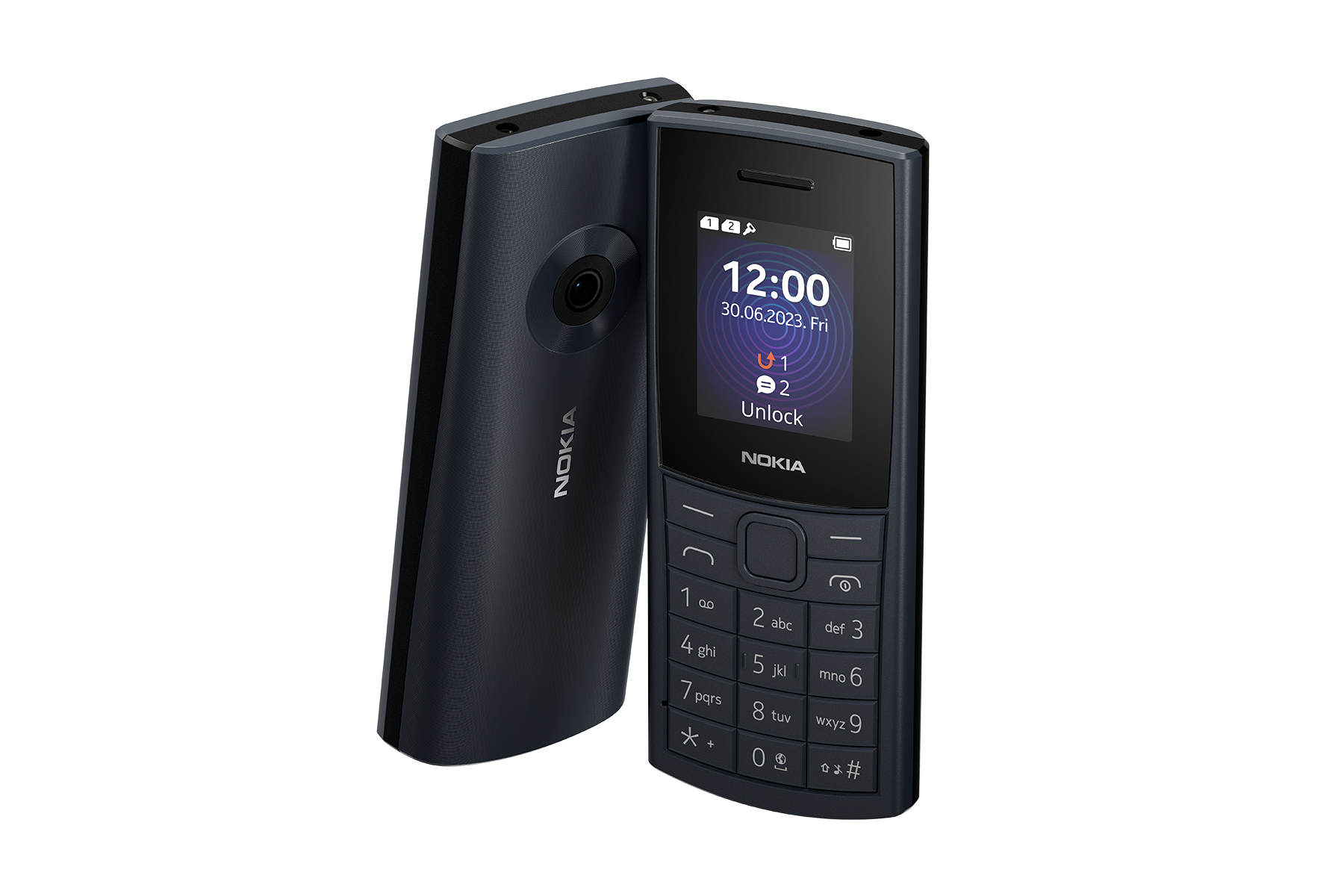
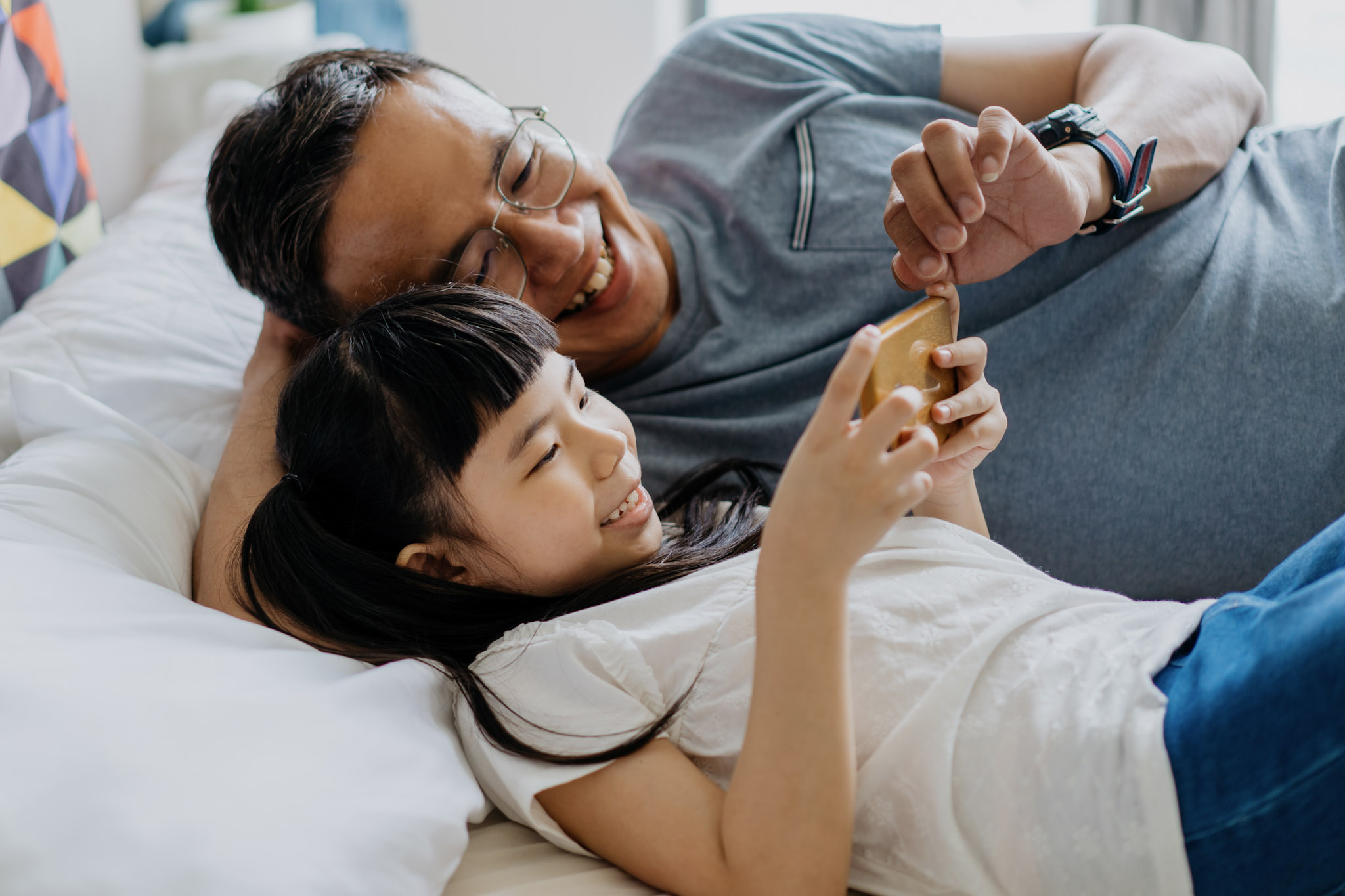
![Portrait of school age boy sitting at kitchen table do not want to eat[Adobe Stock] stock photo of a young boy sitting at a kitchen table, refusing to eat the food in front of him](https://www.vodafone.co.uk/newscentre/app/uploads/2024/03/Portrait-of-school-age-boy-sitting-at-kitchen-table-do-not-want-to-eatAdobe-Stock.jpg)
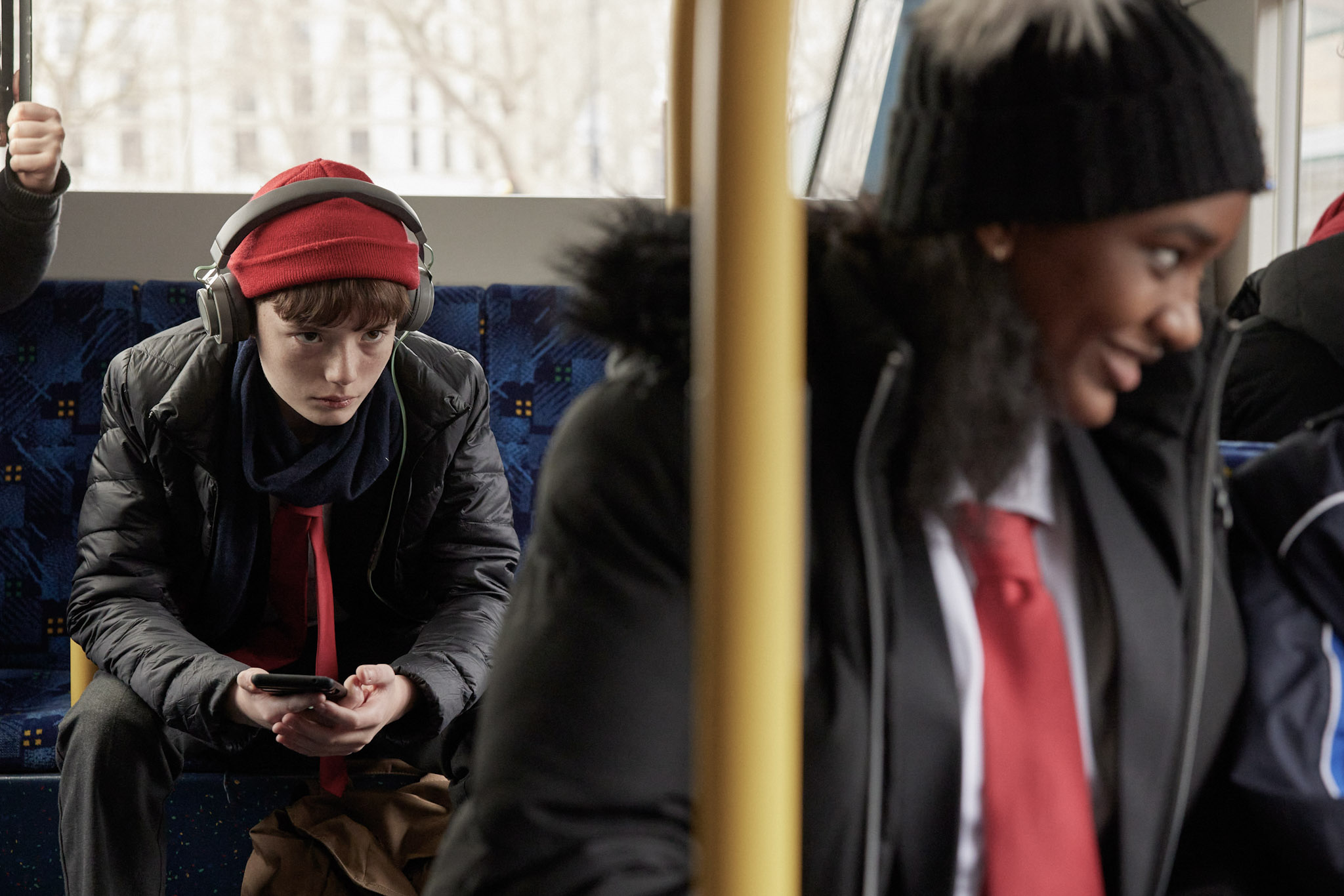

![mother with daughter with smartphone in snowy weather [Adobe Stock] stock photo of a mother outside in snowy weather with her daughter while using a smartphone](https://www.vodafone.co.uk/newscentre/app/uploads/2024/02/mother-with-daughter-with-smartphone-in-snowy-weather-Adobe-Stock.jpg)
